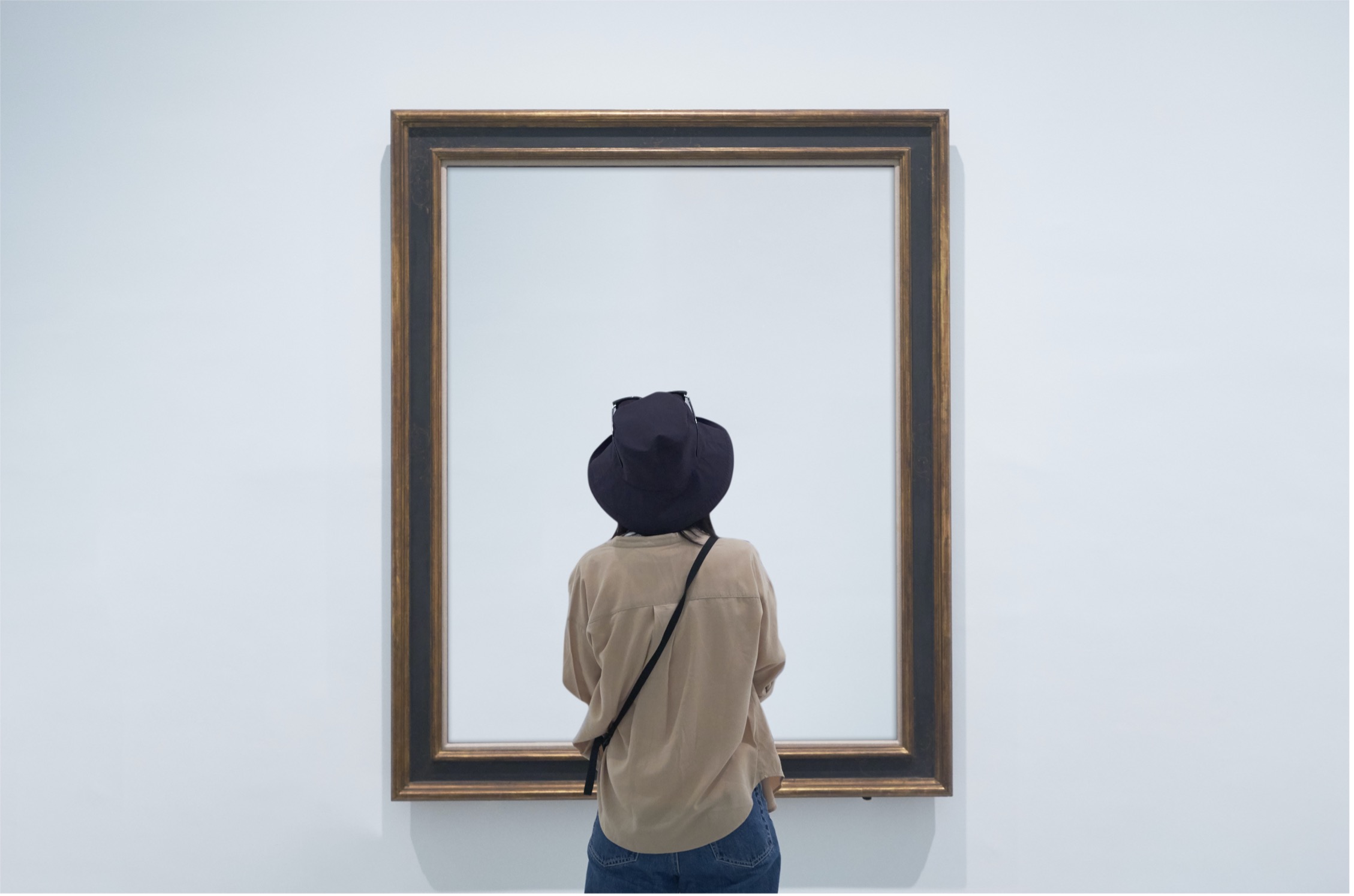The last two years have not been kind to any industry, least of all museums. When museums initially closed their doors during the first wave of the COVID-19 pandemic, many quickly focused their efforts online and supplied visitors with an endless list of online materials, virtual events, and artist webinars. However, despite this successful virtual pivot many museums have made, the financial impact on American museums has been undeniably devastating. While the pandemic continues to rage on with the introduction of the new Delta variant, many museums are taking this time to contemplate how best to ensure their museum not only lasts through this second wave but has a place in our changing social landscape.
Throughout her time at the Metropolitan Museum of Art, Freddi Wald has watched the changing landscape of American museums with interest and excitement. Freddi Wald strongly believes that there has never been a more exciting time to work in the museum field than today, as the industry is currently undergoing a transition into what will likely be the new image of the “modern” museum. In this article, Frederica Wald will discuss what changes the museum industry will likely take in upcoming years and how the COVID-19 pandemic and current social landscape have influenced museums moving forward.
According to a recent report from the American Alliance of Museums 30% of US museums have remained closed since March 2020; 28% of museum workers have been laid off or furloughed, museum operating income has been cut down to nearly a third of pre-pandemic revenue, and 17% of museums are unsure if they will survive the impact of the pandemic. Although the most significant challenge the pandemic has supplied museums is clearly financial, it has also highlighted the long pressing need for museums to establish new connections with visitors. For too long, museums have cultivated a public image of an exclusive, intellectual institute that lacks diversity and empathy for evolving public issues. To survive in the modern era, museums now recognize the great need to develop a reciprocal relationship with visitors, improve online accessibility, and increase staff members and collections diversity.
Museums must now cement themselves as a utilitarian institution of their community that addresses all community members’ social and intellectual needs. While many museums are excellent examples of civic architecture and historical artwork, museums must also learn to combine the traditional with the temporary, flexible ideals of the modern era. In the future, museums will likely shift towards building both an active and intellectual space that allows the public to
engage with different subjects without losing the quiet, contemplative experience many visitors have come to expect.

Today, many museum leaders recognize the need for their organization to adapt to a changing cultural landscape and create new utility within their community. One of the biggest catalysts for this concept was the Black Lives Matter protests that took place after the murder of Minneapolis-native George Floyd. During the country-wide demonstrations that took place after George Floyd’s murder, museums were forced to confront the economic and racial inequities present within their institutions in collections, staffing, and physical edifices. Patrons are now asking that museum institutions that collect antiquities and artifacts from other cultures address the moral issues with the repatriation of cultural items. Museum patrons now ask their local institutions to reimagine their missions and take responsibility for past insensitivity and wrongdoing by adopting more inclusive practices when it comes to curating, collecting, and showcasing the different artifacts and pieces on display.
It will come as no surprise to readers that the majority of museum leaders have announced their intentions to create more public health-conscious institutions in the future. Museums of the future are expected to look quite different than current museums, as they will be designed to cater to social distancing, touchless surfaces, and various other health priorities. Some of the ways that museum leaders intend to incorporate public health into museum designs include:
- Increased filtration in museum HVAC systems
- Spaces designed to reduce crowding while not preventing social interaction
- Implementing virtual tools within collections to help improve social distancing
- Removal of the food court system in favor of smaller food vendors
Despite the numerous challenges the pandemic has posed for American museums, many museums are using this time to adapt to the changing public health requirements as well as the evolving social landscape. Frederica Wald states that hopefully, in the future, Americans will see a new concept of the museum that remains devoted to sharing cultural and artistic items while also prioritizing diversity, community outreach, and addressing ethical issues that currently impact attendance.
